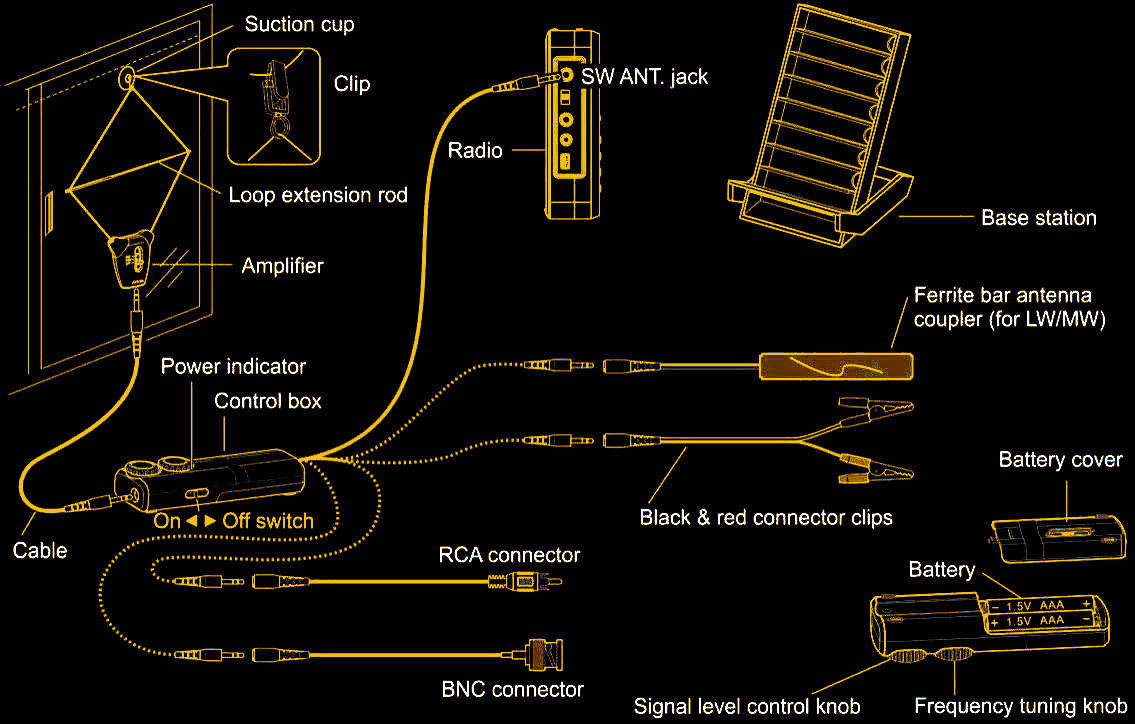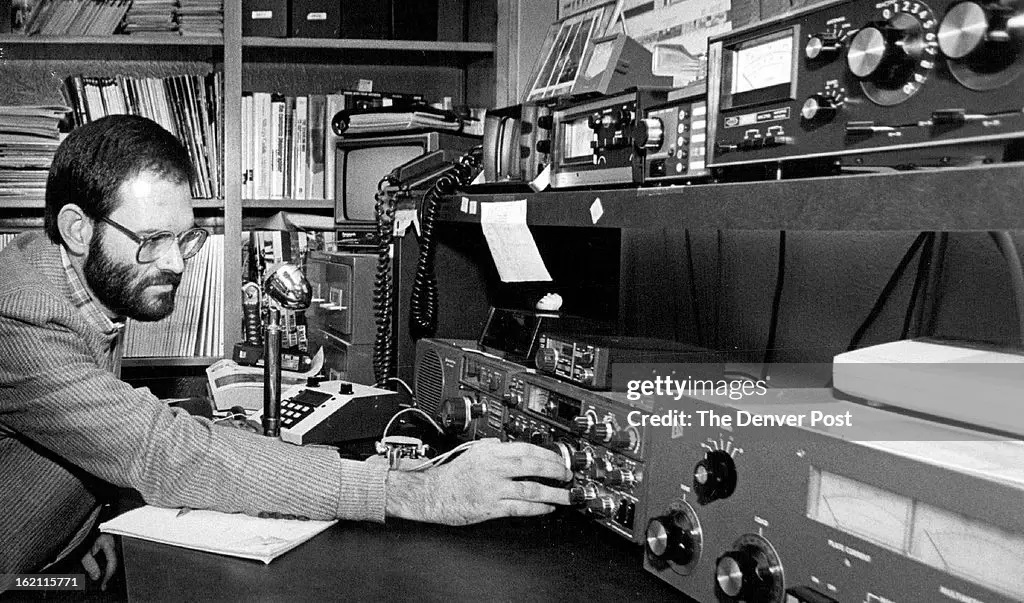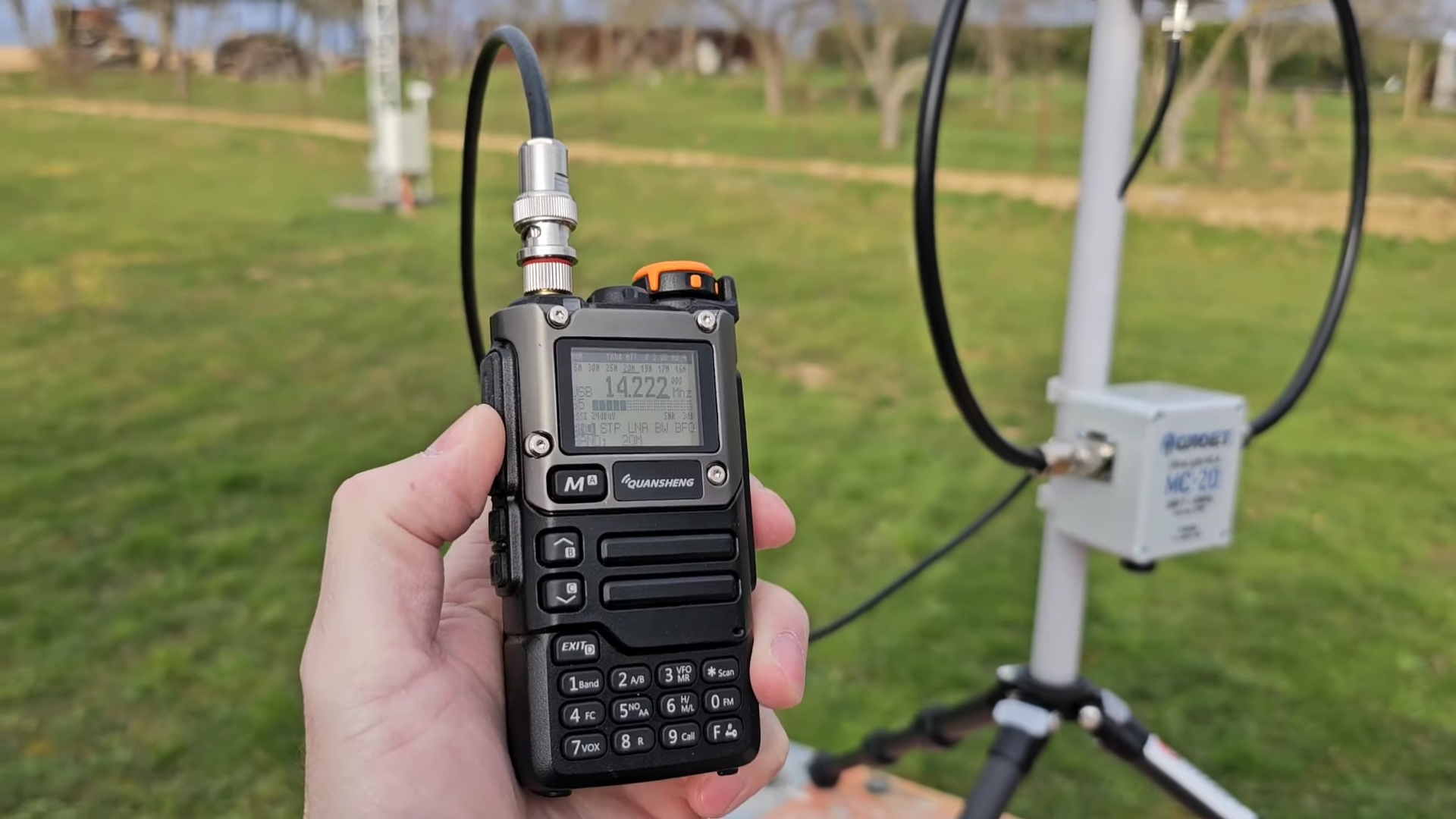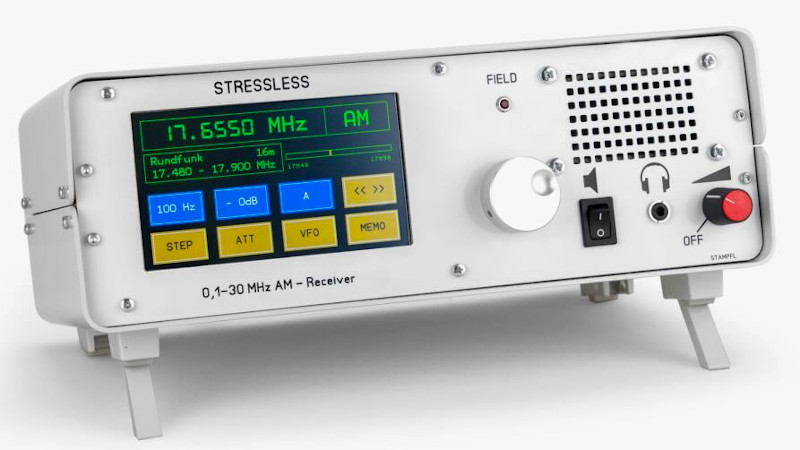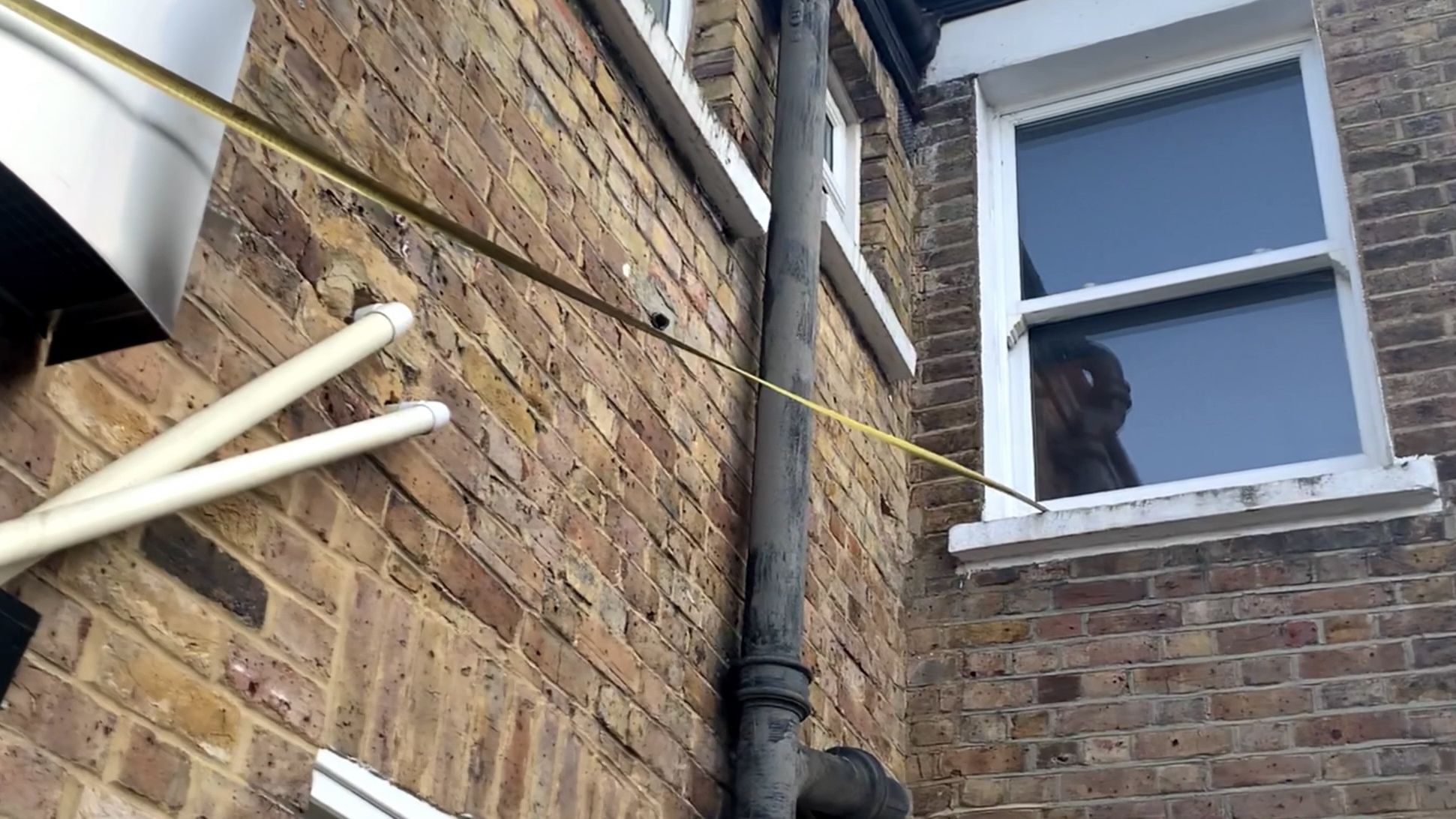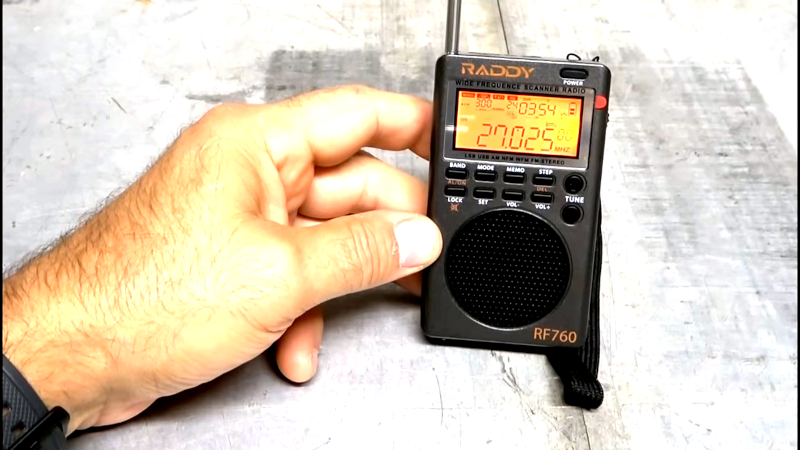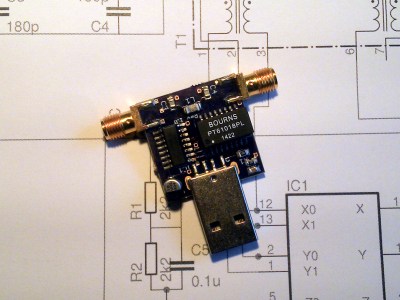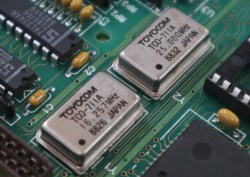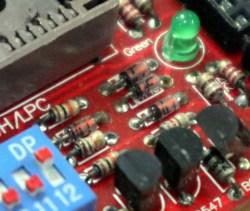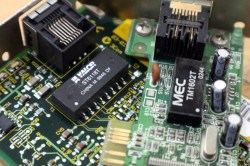One person like that
#shortwave
3 Likes
1 Comments
2 Shares
4 Likes
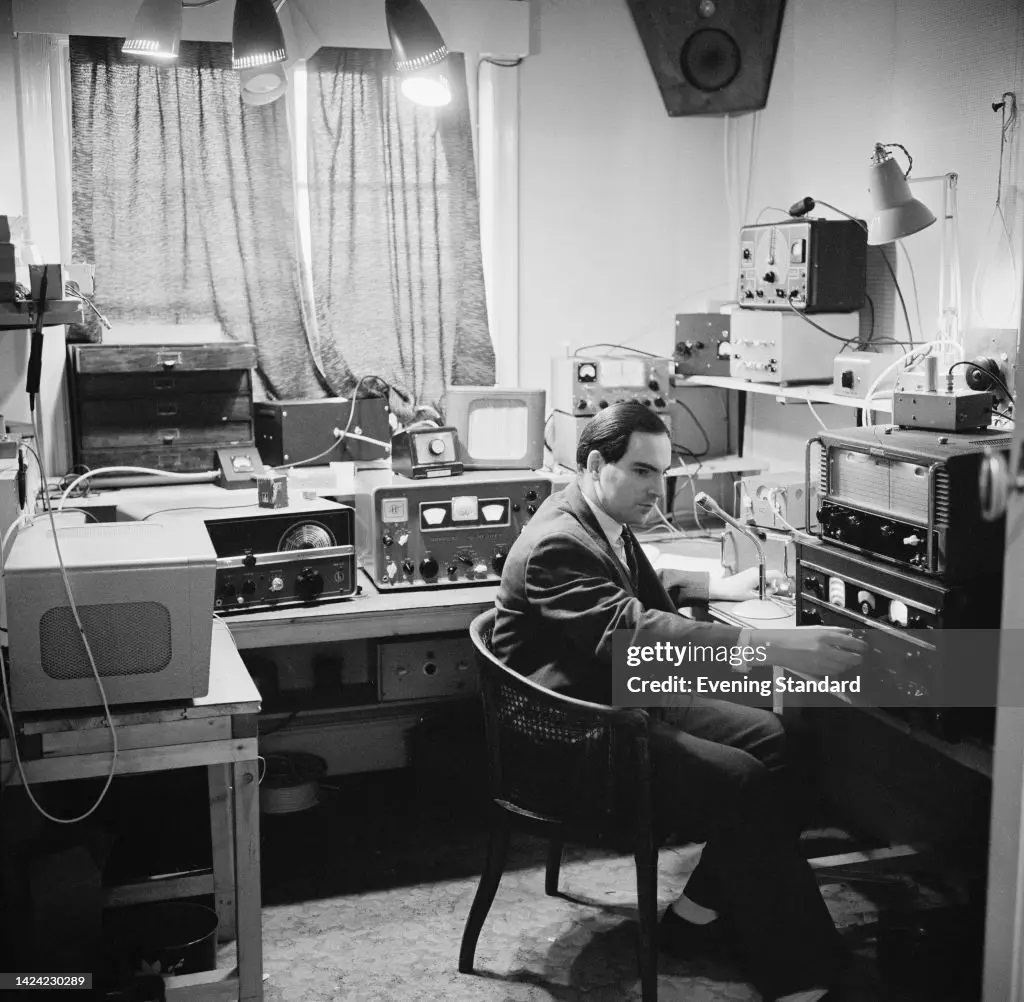
#radio #communication #shortwave
TRANSMITTING THURSDAY
- transmit: broadcast or send out (an electrical signal or a radio or television program).
2 Likes
2 Likes
1 Comments
2 Likes
2 Likes
2 Likes
5 Likes
2 Likes
2 Likes
One person like that
6 Comments
2 Shares
3 Likes
3 Comments
Owning A ShortWave Radio Is Once Again A Subversive Activity
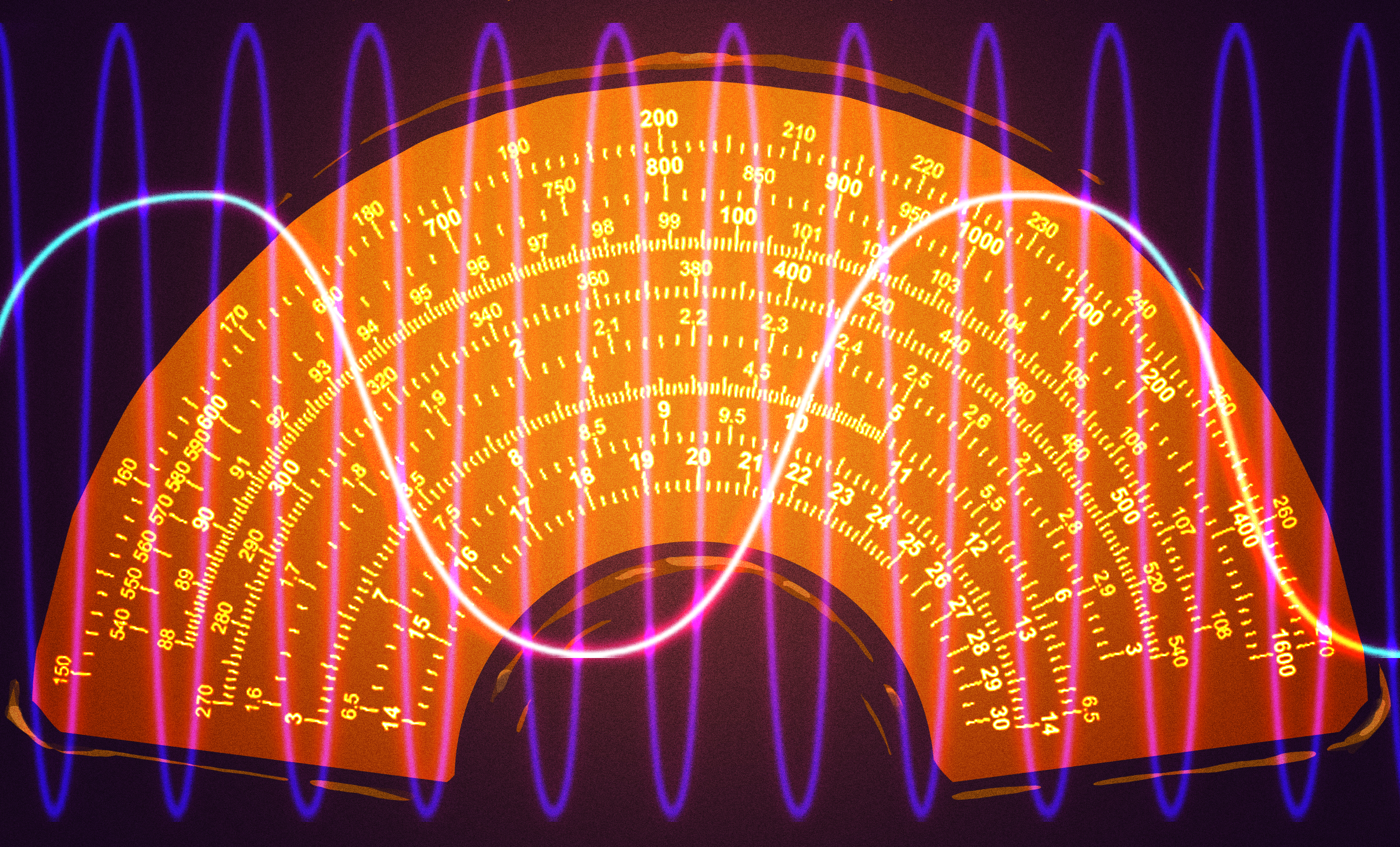
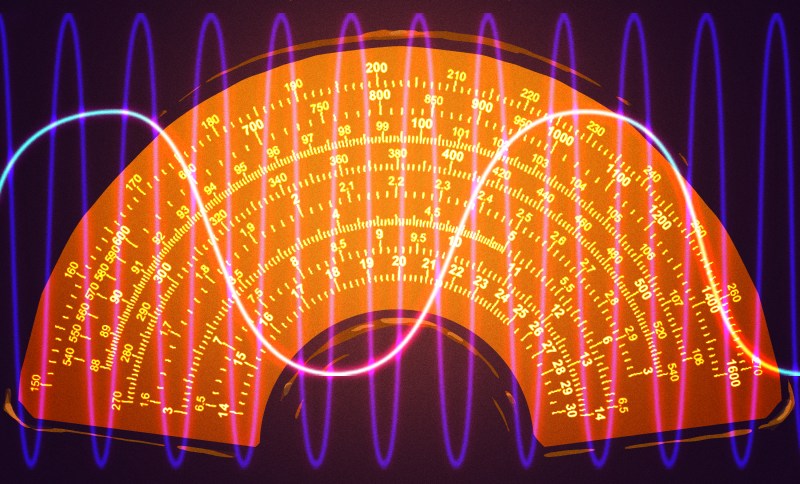
An abiding memory for a teen fascinated by electronics and radio in the 1970s and 1980s is the proliferation of propaganda stations that covered the shortwave spectrum. Some of them were slightly surreal such as Albania's Radio Tirana which would proudly inform 1980s Western Europe that every village in the country now possessed a telephone, but most stations were the more mainstream ideological gladiating of Voice of America and Radio Moscow.
It's a long-gone era as the Cold War is a distant memory and citizens East and West get their info from the Internet, but perhaps there's an echo of those times following the invasion of the Ukraine. With most external news agencies thrown out of Russia and their websites blocked, international broadcasters are launching new shortwave services to get the news through. Owning a shortwave radio in Russia may once again be a subversive activity. Let's build one!
Whatever Happened To The Portable Radio?
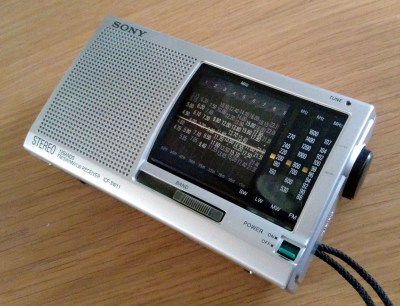 A typical small world band radio. Donald Trung Quoc Don (Chữ Hán: 徵國單) CC BY-SA 4.0 International.
A typical small world band radio. Donald Trung Quoc Don (Chữ Hán: 徵國單) CC BY-SA 4.0 International.
There was a time when everyone had a radio, and radio listening was a universal occupation. From 1930s families clustered round an ornate family radio to the teenagers of the 1960s and 1970s with their portables, it's a defining 20th century image. Though many of us still listen to radio here in 2022 the chances are that we no longer do so over AM and certainly not over shortwave. We can get instant access to almost any content online, so it's by no means certain people will have a radio. If those shortwave transmissions are starting again, how can their intended audience pick them up? Perhaps it's time to look at shortwave radios with a 2022 slant.
If you lack a shortwave radio and a dig around all your family's junk hasn't turned up a relic from decades past, then the simplest way to get one is of course to buy one. AliExpress is full of "world band" radios starting from somewhere under $20, and if you don't mind waiting for shipping from China then it's the path of least resistance.
But there's the problem, international events are moving fast and there might not be the luxury of waiting three weeks, or even for that matter of being able to order one at all in a warzone. How can you make one? Yet again there's an extremely simple option in the Silicon Labs series of one-chip radios. These provide a high-performance shortwave receiver with a minimum of external parts, and really are a miracle of integration. But yet again, in a warzone and in the middle of a chip shortage they just might not be an option. So how can you make a shortwave radio receiver using what parts might be at hand from available consumer electronics? We'll first be taking a look at some possible avenues, and then introducing a few of the readily available building blocks.
Where Do You Start?
The best way to start is to look at the things that you might already have. Such electronic flotsam and jetsam as battery-powered AM radios, car radios, or even $10 RTL-SDR sticks. All of these can be modified or converted to receive the shortwave broadcast bands, often with readily available parts.
Probably the simplest method possible might be to directly modify an existing AM radio. I'm indebted to [Phil M6IPX] for passing me on an instructables link for a method to do this. It involves changing the resonant frequency of the ferrite rod antenna coil in the radio, and I'm guessing, relying on a harmonic of the local oscillator father than the fundamental to do the mixing. It doesn't cover all the broadcast bands, but it might do at a pinch.
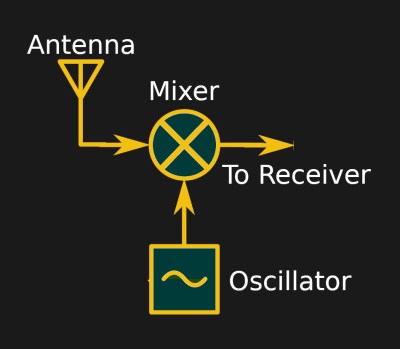 Block diagram of a receive converter
Block diagram of a receive converter
The next method lies in converting the shortwave signal from its original frequency to one that can be received by a radio you already have. Radio amateurs will be familiar with the receive converter, a device that mixes the signal from an antenna with a fixed frequency local oscillator to produce an intermediate frequency of their difference, and it should be relatively straightforward to use this technique.
An AM radio tunes in around 1 MHz and can be used with a converter to cover just one of the many shortwave broadcast bands. [Phil] again suggested a 16 MHz crystal oscillator module might be used with a mixer to tune the 15 MHz (19 m) broadcast band onto an AM radio, and a commonly available 4.433 MHz PAL colourburst crystal with a simple transistor oscillator might do the same for the 5 MHz (60 m) band. If I were making such a rough-and-ready converter for an AM radio, I'd try to find a car AM radio to serve as my IF, because these radios are well screened and have a handy co-axial antenna input.
Meanwhile an RTL-SDR can be modified for shortwave reception by either modification or by using a converter. The direct sampling hack bypasses the onboard tuner chip to pipe signals directly to the SDR chip and can be performed by anyone with good SMD soldering skills, and for those unwilling to try it an alternative approach is to use a converter with a 50 MHz oscillator. A few years ago I produced such a converter using a CMOS chip as my entry in the Hackaday Square Inch competition, but there are even simpler circuits to be found.
Finally, perhaps the simplest usable shortwave radio is the direct conversion receiver. Its principle is similar to the receive converter in that the signal from the antenna is mixed with that from an oscillator to yield the difference between the two, and when the local oscillator is the same frequency as the desired station that difference can be fed to an audio amplifier and listened to. It requires three relatively simple circuits in oscillator, mixer, and audio amplifier, and while it doesn't provide acceptable performance for music radio it's fine for speech.
The Nitty Gritty: Parts And Circuits
Having fired everyone up about receive converters and direct conversion receivers, it's time to take a look at those building blocks. How can you make them from the components you'll find in electronic junk, without ready access to the global electronic parts supply chain?
There are many ways to make oscillators and mixers, but for our purposes the components we are interested in are crystal oscillator modules for the local oscillator, wideband RF transformers for the RF coupling, and diodes as the mixer elements. Variable frequency oscillators are a little more tricky to build but can be made from the most basic of components, but if you have a signal generator or even a Raspberry Pi with appropriate software you can use them instead.
Crystal oscillators are ubiquitous on all sorts of PC expansion cards and other computer boards, and provide a logic-level squarewave on their output pin when provided with 5 V. Meanwhile any Fast Ethernet interface will contain an RF transformer, and small signal diodes can be found across multiple different types of electronics. Beyond these parts there may be a need for the normal discrete components such as transistors and passives, but yet again these can be scavenged from a wide variety of sources.
 This is the basic made-from-junk diode ring mixer. It's not perfect, but it works.
This is the basic made-from-junk diode ring mixer. It's not perfect, but it works.
A diode ring mixer is a very straightforward circuit using a couple of RF transformers and four diodes. It works by using the diodes as switches operating at the local oscillator frequency to alternately pass and block the signal frequency. The result is the intermediate frequency (IF), which is the difference between the incoming signal and the local oscillator. It can be very easily made with an Ethernet transformer and four signal diodes using the circuit shown. With a 100 Mbit Ethernet transformer, it should have 100 MHz bandwidth. There are multiple ways in which this circuit can be used with a suitable oscillator as either a receive converter for an AM radio or as a direct conversion receiver.
For the converter, simply connect the output of a crystal oscillator module to the local oscillator pin and feed the output to an AM radio, while for a direct conversion use a variable oscillator and connect the output to a sensitive audio amplifier such as a microphone or phono amplifier. The coupling to the AM radio can either be direct to the antenna socket of a car radio, or via several turns of wire wrapped round the case of a portable AM radio. There is a problem with this circuit in that it has no filtering and thus picks up both both the sum and the difference of local oscillator and IF frequencies, but it should be good enough to pull in a shortwave broadcast.
These are not the only ways to make a working shortwave receiver -- after all everything from a crystal set upwards can be coaxed into working -- but we think they are probably the best ways to make one using the electronics likely to be at hand. Perhaps you have some ideas to add to the mix? Leave them in the comments!
#featured #interest #news #radiohacks #hf #radio #radioreceiver #shortwave
2 Shares
Hey everyone, I’m #newhere. I’m interested in #cats, #computers, #eu, #ireland, #learning, #political, #shortwave, and #systems.
BBC resurrects WWII-era shortwave broadcasts as Russia blocks news of Ukraine invasion – It always comes back to radio when modern tech fails

The BBC is resorting to broadcasting news bulletins over shortwave radio in Russia after the country blocked access to BBC websites, The Guardian reports. The BBC announced it was bringing back the WWII-era broadcasting technology in the region just hours before its sites were banned. News of the ban was also reported by Russian state news agency RIA.
Shortwave radio uses frequencies that carry over long-distances and are accessible on portable sets. The BBC says its shortwave broadcasts will be available on frequencies of 15735 kHz from 6pm to 8pm and 5875 kHz from midnight to 2am, Ukraine time. News will be read in English, which the BBC says will be available in Kyiv as well as “parts of Russia.”
In 2019, the corporation also launched a Tor Onion domain, which is designed to offer a more secure, higher performance, and censorship-resistant way to access its website via Tor browsers compared to a typical .com or .co.uk URL.
Fascinates me that no matter how we move forward with technology, we have to realise how fragile it really is, and how more dependencies are introduced, which can be disrupted. Good old radio still works, though, and can reach right around Earth. More advanced low power digital radio has even better reach, but does require slightly more specialised software (which most radio hams can put in place).
#technology #BBC #war #shortwave #radio #tor
#Blog, ##bbc, ##radio, ##shortwave, ##technology, ##war
5 Likes
2 Comments
2 Shares
In Russland geht alles...
Seit einigen Jahrzehnten gibt es Zahlensender, auch in Russland. Einer davon ist der bekannte UVB-76, auch Buzzer genannt. Wenn gerade keine verschlüsselten Mitteilungen ausgestrahlt werden, macht es nur "tuuuuuut......tuuuuut..."
Aber irgendwie sind da jetzt ab und an Spaßvögel am Werk. Zusätzlich zum Tuuuut kommt da Wortprogramm und Musik dazwischen. Wo ich gerade höre, werden Hörerfragen abgearbeitet, welche man im Chat von https://www.youtube.com/watch?v=lOq9Nn03PhA stellen kann. Anscheinend kann man auch über Telefon oder Threema mitmischen. Mein russisch ist zu schlecht, um nicht zu sagen, ungenügend, um dem zu folgen.
Ob das so gewollt ist, kann ich mir nicht vorstellen. Es wird jedenfalls definitiv auf 4625kHz USB abgestrahlt vom originalen Sender. Habe ich nachgeprüft mit Kreuzpeilung über mehrere Empfänger und kann es auch abends hier empfangen. Meine Vermutung ist, der Tuuuuuut wird von anderer Frequenz empfangen und dann auf 4625kHz von der russischen Armee abgestrahlt. Und auf dieser Zuspielfrequenz ist der Schwarzsender aktiv.
Leider sind diese Episoden nur zeitweise aktiv. Also ab und zu mal bei https://www.youtube.com/watch?v=lOq9Nn03PhA reinhören.
#swl #shortwave #uvb76 #pirate
2 Likes
Wenn man tagsüber die Kurzwellenrundfunkbänder abscannt, kommt nicht viel erbauliches herüber.
China ist gut vertreten. Und dann noch der vor kurzem verstorbene religiöse Fanatiker Ralph Gordon Stair mit seinem "Overcomer Ministry" Inzwischen hat er trotz allem noch Sendezeit auf deutschen Sendestationen bekommen, zum Beispiel Channel292. Dort, wo auch Radio DARC zu finden ist. Auch nach seinem Tode sondert er dort immer noch menschenverachtenden Dreck ab. Fast den ganzen Tag. Geld scheint dafür im Überfluß vorhanden zu sein, da weltweit immer noch viele Kurzwellenstationen den Müll verbreiten. Und er selbst war zu Lebzeiten auch alles andere als ein Heiliger. Ich finde, die Abstrahlung seiner Programme ist gefährliche Umweltverschmutzung.
https://www.radioeins.de/programm/sendungen/medienmagazin/radio_news/beitraege/2019/ralph_gordon_stair.html
#shortwave #swl #radio
3 Likes
loads of good tips for you to investigate suitability for you and yours.
#health #nutrition #vitamins #minerals #supplements #neuropeptides #happiness #pleasure #depression #cramps #liverspots #sleep #insomnia #nutrients #nutrientdepletion #nutrientdeficiency #ww3 #waronpeople #genocide #feedingonourunhappiness #happiness #depopulation #feedingoffourmisery #misery #deliberatelystarved #liedto #fat #lies #wecancorrectallthat #wecanmendthis #glyphosate #fulvicminerals #shilajeet #gratitude #forgiveness #consciousness #realization #guthealth #friendlybacteria #candida #ibs #chrones #probiotics #fermentedfoods #cabbage #saukraut #glutathione #nac #rawcarnivore #fecalimplants #mendwards #miraclecures #heavymetaltoxicity #oceanswimming #healing #saltwater #cold #waves #completelycured #cured #grounded #skin #folkcures #bacteria #realize #foodsupply #joyous #joyousmending #mending #mendwards #methylcobalamin #magnesium #iodine #vitaminc #magnesiumascorbate #aminoacids #frequency #harmoncs #vibration #charge #radio #longwave #shortwave #gentle #diathermin #tesla #nikolatesla #teslahealingdevice #bringingitback #bringinghealingback #pain #progressing #regressing #losttechnology #bewarethephramacon #bewaretherentiers #yettorecoverfromww2 #homeopathichospitals #rockerfellamedicine #medicineboughtout #conventionalmedicine #forprofitmedicine #forprofithealthcare #poisoners #manufacturedscarcity #digitalsignals #toxic #healthharmonics #intune #cosmic
and, because of #censorship , download a copy while you can, before it gets deleted.
6 Likes
3 Comments
